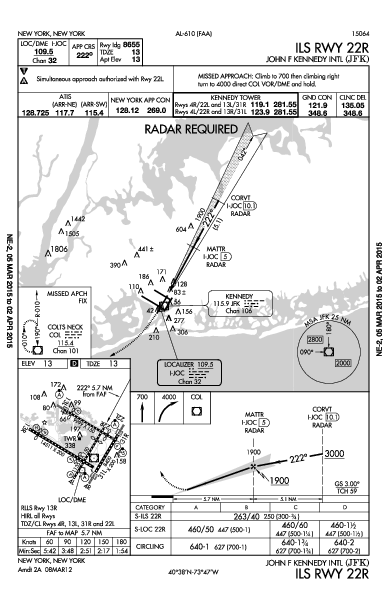Over the river and trough the wood
I am back at the office building in the woods behind the airport. Easily one of the more odd location my flying has taken me to.
I have been here before. The last time I was excited and lost. This time I know what to expect. Like in the air, preparation is everything.
The local branch of the federal agency for telecommunication is holding the tests for the radio licenses. I was here a while ago to get „BZF“, the radio license required for private pilots. Recently I took a training class for the professional radio license. It’s a requirement for instrument flying. The „Allgemeines Sprechfunkzeugnis für den Flugfunkdienst“ is shortened to „AZF“. I know for a fact that their tests are better than their abilities to do acronyms.
The test begins with a written part. 40 multiple choice questions in 30 minutes. I have 37 correct answers, the worst result of the four pilots taking the test. Jan Brill once wrote in an article about this kind of test that every correct answer more than the minimum was a waste of time.
After the first part, our group has time to prepare for the practical test. We each get a „trip kit“ with departure and arrival charts as well as enroute maps and weather information. We fill in our flight plan forms and use the rest of the time to get familiar with the charts.
Delta Kilo Sierra enter holding
Time to „fly“. We each get to choose our call signs and aircraft type. In the preparation course it was recommended to us to take a call sign that we know, so that we would recognize it without thinking.
The first prospect starts his initial exchange with the controller. He gets his start-up clearance, then it’s the next pilots turn.
The examiner is an experienced air traffic controller. He is calm and collected, demanding but fair. Each of us has some little specialty in the clearance. Mine is „patches of ice“ on the taxi way.
During my enroute part, I arrive at my navigation point without further clearance. I don’t really know what to do so I announce entering the standard holding. In the de-briefing the controller asks me about this. He claims to have given me the clearance. But I don’t have it on my sheet and I’ll be damned if he did.
Go around
The last task of the day is the missed approach. My runway is blocked and I have to go around. There is a change of course given in the missed approach procedure and I almost did not catch that when the controller asks me for altitude and heading.
I don’t actually get to land. My „flight“ ends with the missed approach and the controller is happy with the group. We all passed and are ready for new adventures!
To be continued…



